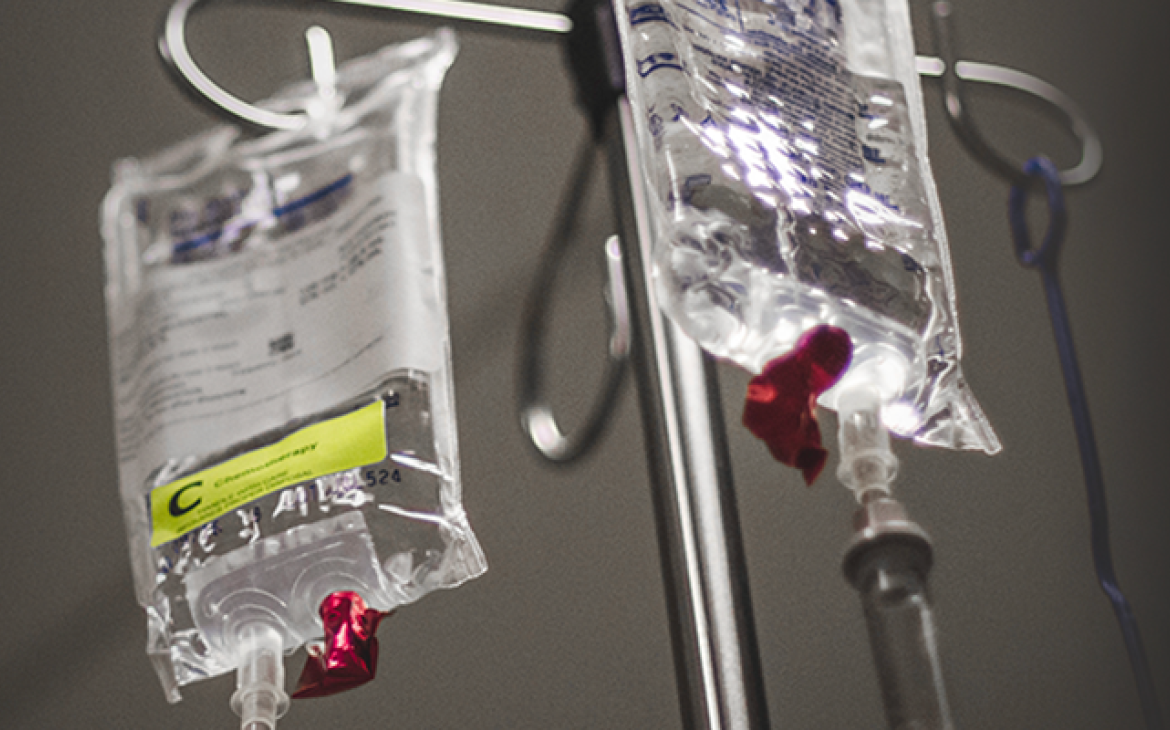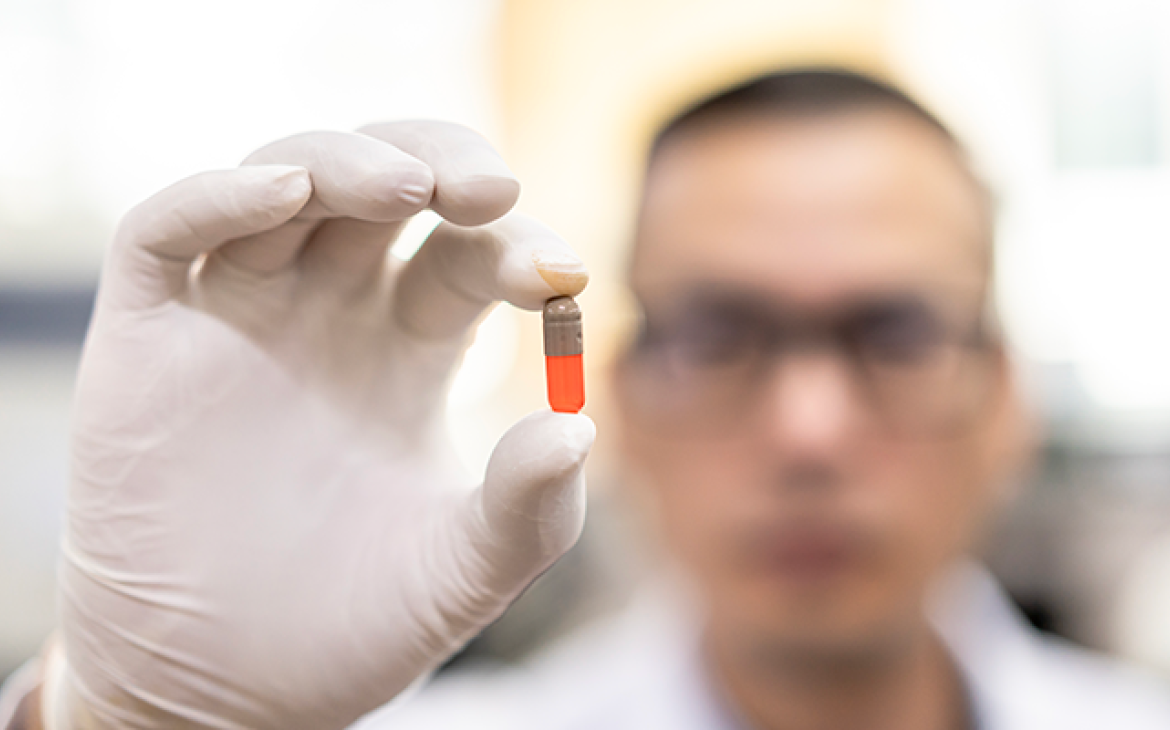
In the U.S. and around the world, quality standards developed by the U.S. Pharmacopeia (USP) support the availability of safe, quality medicines, regulatory efficiencies, and a strong global medicine supply chain. In low- and middle-income (LMIC) countries, regulators often lack access to quality standards and related resources due to budget constraints or complex procurement procedures. To address some of these challenges – and to support regulatory capability building, global public health, and trust in supplies of quality medicines imported or manufactured locally in LMICs – USP created the Preferential Access for Regulators (PAR) Program.
USP’s PAR program provides LMIC national medicines regulatory authorities (NMRAs) with complimentary or discounted access to documentary standards, physical Reference Standards, and related professional education courses to increase their ability to test the quality of medicines for their citizens (Figure 1). Since 2012, regulators from over 50 countries have participated in the PAR program.

Figure 1. Representative examples of USP Education courses and standards accessed through the PAR program.
Regulatory capability building
Participating regulators in LMICs have reported that access to quality standards through the PAR program increased their ability to verify the quality of critical medicines, from antibiotics to antihypertensives. For example, Mali’s national quality control lab, Laboratoire National de Santé (LNS), used documentary and physical Reference Standards donated through PAR to help ensure the quality of medicines purchased under the Global Fund for a variety of indications, including human immunodeficiency virus (HIV) and tuberculosis. Recognizing that poor-quality medicines are a contributing factor to antimicrobial resistance (AMR) and the need to combat AMR, LNS also used USP quality standards to assess antimicrobials and antibiotics quality.
The Ethiopia Food and Drug Administration shared, "USP Reference Standards were used for quality assessment of samples from registration, consignment, [post-market surveillance], and suspected medicines, to make regulatory decisions based on supporting evidence provided by the quality control laboratory test results. The [medication] samples tested were antibacterial, antiviral, anthelmintic, antiprotozoal, antimalarial, antidiabetic, cardiovascular, steroidal, and non-steroidal anti-inflammatory drugs, and anti-gastric medicines.”
COVID-19 pandemic response
Of the 62 LMIC NMRAs and regulatory collaborators from 49 countries that requested donated or discounted quality standards from the PAR program during the pandemic, 67% reported their intent to use them for their nation’s COVID-19 response.
The Food and Drug Administration Philippines reported that it procured USP Reference Standards to be used “in the analysis of medicines” to ensure their quality during the COVID-19 pandemic. In addition, using PAR enabled the agency to “improve and expand its financial boundaries,” and procure additional Reference Standards for testing of more health products, “which is advantageous to the country.”
In Nigeria, USP Reference Standards obtained through PAR were used to analyze certain “health commodities” for managing COVID-19 patients as well as samples used in clinical trials to address the pandemic, stated the National Agency for Food and Drug Administration and Control (NAFDAC).
Benin’s National Agency for the Quality Control of Health Products and Water reported that USP Reference Standards for chloroquine phosphate and azithromycin, obtained through PAR as part of the country’s pandemic response, enabled the nation’s regulatory agency to “perform rapid and appropriate analyses of products based on these molecules.”
Organizational efficiency and maximizing impact
When asked what it is like to procure quality standards without PAR, regulators have described a myriad of difficulties, such as the inability to afford needed quantities for critical quality-related tests, testing delays, and encountering quality concerns with secondary standards, as shown in Figure 2. Most regulators participating in the PAR program specify that budget constraints are their biggest barriers to acquiring quality standards. In contrast, acquiring standards through PAR helps regulators circumvent these barriers and increase their efficiency. The following example from Mexico illustrates this point.

Figure 2. Examples of potential difficulties faced by regulators without PAR
Since the end of 2019, Mexico had faced drug shortages for the systemic treatment of most neoplasms (breast, ovarian, colon, stomach, lung, pancreas, bladder, lymphomas, germ tumors, leukemia, and syndromes). Beginning in January 2020, regulators in Mexico reported that lack of access to necessary reference standards and reagents adversely affected quality testing for vital oncology drugs. Following the March 2020 delivery of USP Reference Standards through the PAR program, the turnaround time for analytical test results dramatically improved. By July 2020, the delivery time for these test results was just four days, compared to a previous high of 142 days (Figure 3), according to Mexico’s Federal Commission for the Protection Against Health Risks (COFEPRIS).
Figure 3. Delivery times for results of quality testing of oncology drugs before and after initial USP Reference Standards received by COFEPRIS through PAR in March 2020.1
Regulators in Uruguay have reported a similar experience with shorter analysis times when USP Reference Standards were made available through PAR. “The time reduction is very significant” with USP standards, reported the Drug Quality Control Commission, Uruguay. When non-pharmacopeial standards are used, “a lot of time is invested in evaluating them.”
Financial benefits
The financial savings from using PAR can enable regulators to redirect those resources to other related priorities, PAR participants report.
In Zambia, such savings allowed regulators to reinvest in the qualification of equipment and training involved in quality assurance of medicines. In the Seychelles, the savings were reallocated to help sustain the accreditation status of the country’s Drug Quality Control Laboratory. In the Philippines, the savings were used for resources such as reagents for quality analysis, the calibration of lab equipment, and technical training of laboratory analysts.
Such testimonials demonstrate that by offering consistent, comprehensive discounts and donations to LMIC regulators, USP’s PAR program has provided regulators with capabilities to improve regulatory efficiency and patient safety in their countries.
If you represent a national medicines regulatory agency in a LMIC (as defined by the World Bank) and wish to be considered for the PAR program, please contact USP’s Chaitanya Kumar Koduri, International Government & Regulatory Director, International Regulatory Affairs, at ckk@usp.org
1FY2020 Report on Implementation of Complimentary Standards Program (CSP): Federal Commission for the Protection Against Sanitary Risks, Mexico, 2020 (Period from January 6 to May 31, 2020), USP Internal Report.


